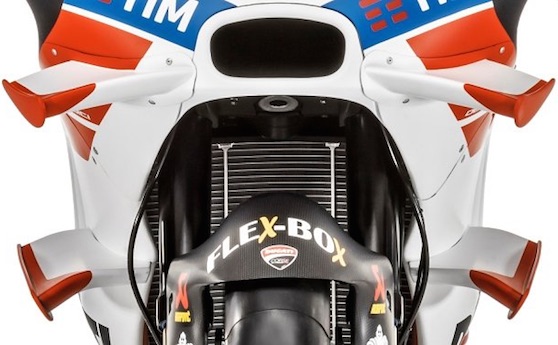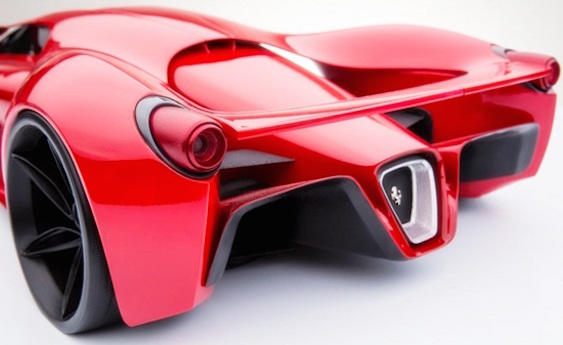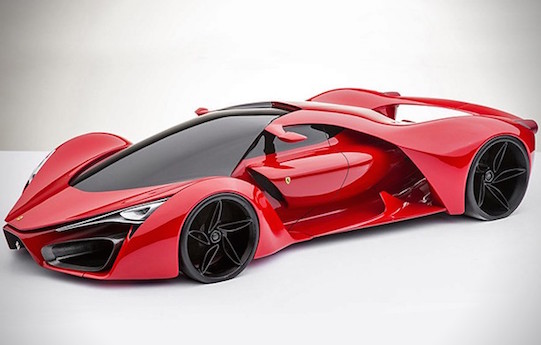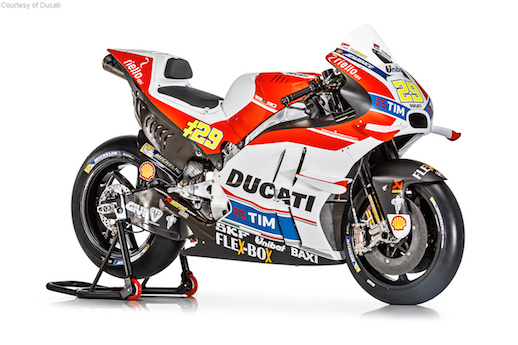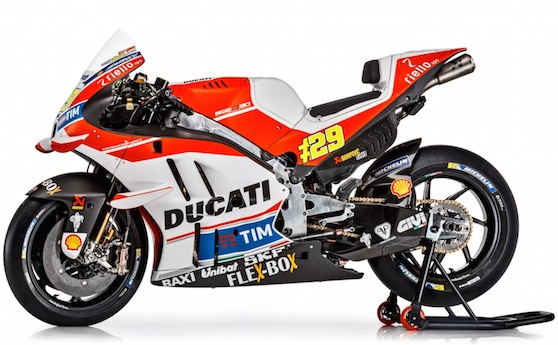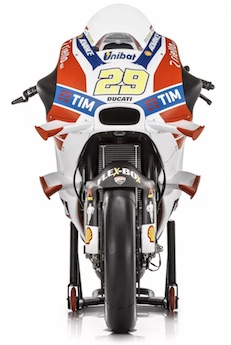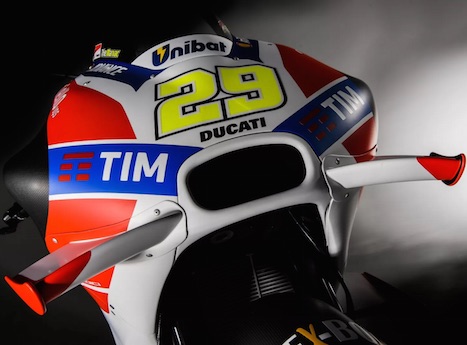The aerodynamic wing additions to MotoGP bikes in recent years have resulted in the ridiculous looking 2016 Ducati team’s bikes with big, ugly wings called strakes.
It may help the Italian factory win some races – unless the sharp protuberances are banned as a danger to other riders – but how many fans will it turn off in the meantime? Notice how grotesque and insectile modern F1 cars have become?
But the biggest concern is that these monstrous wings will make their way into production bikes.
If you don’t think it will happen, check out some of the hideous wings on the latest supercars such as the bizarre Ferrari F80 Concept.
Some may think it’s beautiful, but translated to a motorcycle, it could be as ugly as the electric Johammer J1.

Already little wings are showing up on sports bikes such as the Yamaha R1 and Kawasaki H2/H2R.
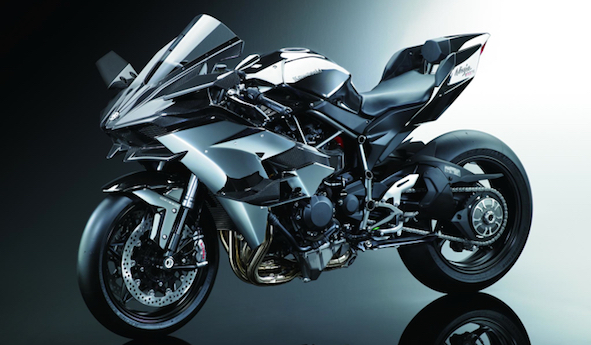
Beauty is a subjective thing, but you wouldn’t want those sharp little wings growing any bigger!
Aerodynamics is important to motorcycles as they use 80% of their energy to displace the air around the bike and rider.
Currently the most aerodynamic production motorcycle is the beautiful Suzuki Hayabusa which has a drag coefficient of about 0.55 to 0.60.
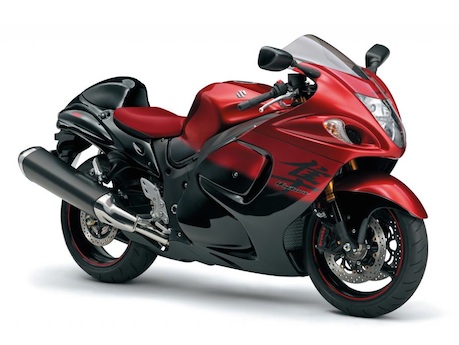
There is no information on the drag coefficient of the Ducati MotoGP, but it should be better than that.
While Ducati claims the wings are to reduce wheelies up to about 160km/h, some aero experts have said the increase in wing size this year is more to do with downforce and therefore grip at much higher speeds.
There doesn’t seem to be much point then in adding wings to production bikes, because there are few places in the world were you can ride faster than 200km/h.
Aerodynamics will most certainly play a part in future electric bikes which struggle to get range from their small batteries.
But let’s hope hideous wings remain in motorsport and not out on the open road.
As the Hayabusa shows, you don’t need wings to be “slippery” and beautiful at the same time.


